When you are faced with a clogged toilet due to too much toilet paper, it can be a frustrating and embarrassing situation. However, there are several methods that can help dissolve the clog without having to call a plumber. In this guide, we will explore simple and effective strategies for how to dissolve toilet paper clogs, using common household items and minimal effort. Whether you’re dealing with a minor blockage or something more stubborn, these steps can provide relief and restore the functionality of your toilet without the need for professional intervention.
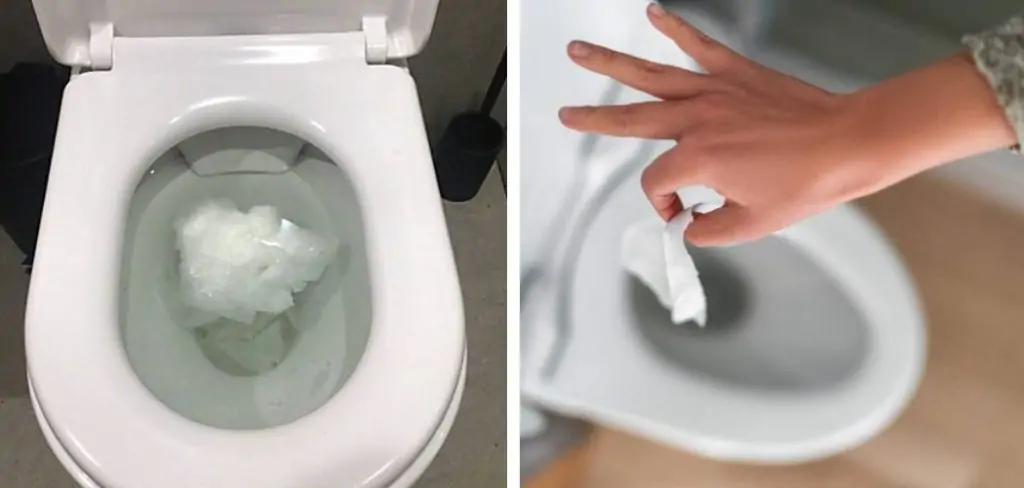
How to Dissolve Toilet Paper Clog: Your Ultimate Guide
Experiencing a toilet paper clog can be a source of significant frustration and inconvenience. But before you call a plumber, there are measures you can try to dissolve the clog yourself. The following listicle provides practical steps that you can use to tackle a toilet paper clog with ease:
Step 1: Give It Time
Sometimes, a mild clog can dissolve on its own given enough time. If the water level in your toilet is not too high, it’s advisable to let it sit for a while to see if it clears up without interference. This passive approach allows the natural dissolving action of water to work on the toilet paper, which might be all that’s needed for smaller clogs. Waiting for 30 minutes to a few hours could save you effort and ensure that the toilet paper breaks down sufficiently to flush away.
Step 2: Hot Water Magic
Pour a bucket of hot water from waist height into the toilet bowl. The force and the heat may help break down the toilet paper. However, it is crucial to ensure the water is not boiling, as pouring water at boiling temperature into the porcelain bowl can lead to cracking or other damage due to the sudden temperature change. Warm or hot tap water is usually sufficient to soften the paper and assist in the unclogging process.
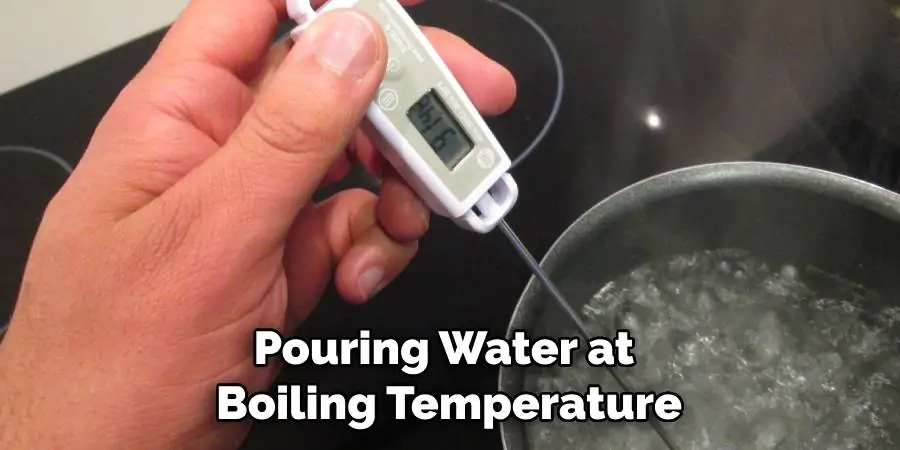
Step 3: Dish Soap Debris Disperser
Squirt generous amounts of dish soap into the bowl. The soap can act as a lubricant, helping the toilet paper clog slide down the pipe more easily. Let the soap sit for 10-15 minutes to penetrate and break down the paper fibers and grease that may be contributing to the clog. After allowing it time to work, you can follow up with more hot water to help flush the loosened material through the plumbing system.
Step 4: Baking Soda and Vinegar
Add one cup of baking soda directly into the toilet bowl, taking care to distribute it evenly. Following the baking soda, pour in two cups of white vinegar. The combination will cause a fizzing chemical reaction which not only aids in breaking down the toilet paper clog but also deodorizes your toilet in the process. Allow the mixture to work its magic for at least an hour before attempting another flush.
Step 5: Use a Plunger
When manual intervention is necessary, a trusty plunger often comes to the rescue. It’s essential to use the right kind of plunger — specifically a toilet plunger with a flange, as this design creates a superior seal and focused pressure. Position the plunger over the hole, ensuring that the flange is inserted into the drain opening to enhance the effectiveness of the seal. Vigorously pump the plunger up and down without breaking the seal, creating both suction and pressure to dislodge the clog. With persistent effort, the blockage should clear, allowing you to flush the toilet normally again.
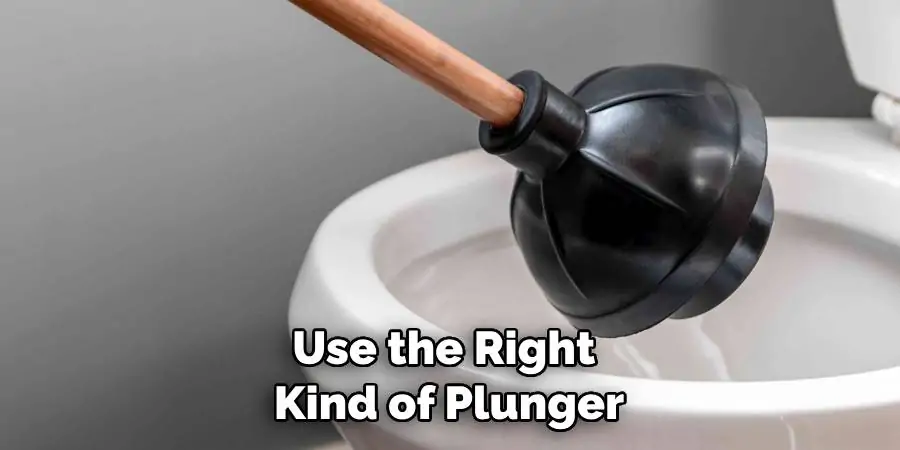
Step 6: Plumbing Snake or Wire Hanger
If the plunger fails to clear the clog, a plumbing snake or a coat hanger can be your next best tool. Straighten a wire hanger, leaving a small hook on one end, or use a plumbing snake. Carefully insert it into the toilet bowl’s drain hole. With a gentle but firm twisting motion, navigate through the bends of the pipe. If you encounter resistance, that’s likely the clog; continue to twist and push gently to break it apart without damaging the porcelain. Repeating this motion can gradually dislodge the clog, allowing water to flow freely once again.
Step 7: Enzyme Product Solutions
For a more eco-friendly and less abrasive solution, enzyme waste removal products can be an excellent choice. These products contain specific enzymes that naturally digest and break down organic materials, such as toilet paper and other common clogs. When using these solutions, it’s crucial to follow the manufacturer’s instructions for the correct amount to use and the necessary waiting period for the enzymes to work. This method is not only gentle on your plumbing but also beneficial for the environment.
Step 8: Wet/Dry Vacuum (Not Regular Vacuum)
If none of the previous steps have been successful, and you’re willing to take a more hands-on approach, a wet/dry vacuum is your next best option. This type of vacuum is specifically designed to handle both dry and liquid substances without damage. Carefully insert the hose into the toilet bowl and create as tight a seal as possible around the opening. When you turn on the vacuum, the powerful suction can help pull the clog out of the pipe. It’s imperative to stress that a regular household vacuum is not equipped for this task and should never be used due to safety and sanitary risks.
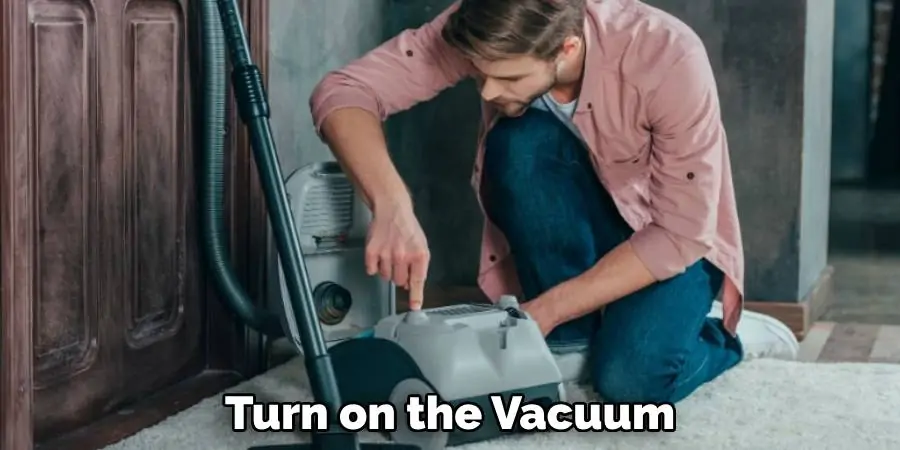
Step 9: Closet Auger
A closet auger comes equipped with a long, flexible shaft that’s designed to navigate through the tight curves of a toilet trap. When using the auger, carefully feed the cable into the toilet drain, turning the handle in a clockwise direction. This action allows the auger’s tip to reach and break apart the clog, while the rubber sleeve protects the porcelain from scratches. Persist with gentle rotations and as the auger goes deeper, it can effectively clear obstructions that are out of reach for conventional plungers.
Step 10: Preventive Measures
Prevent future clogs by using less toilet paper and opting for thinner, more easily dissolvable toilet paper. Additionally, regular toilet maintenance can help keep the water flow clear. When attempting any of these methods, always wear protective gloves and clean up any spills to maintain sanitation. If the clog persists after trying these techniques, it may be time to consult with a professional plumber to avoid further damage or mishaps.
You Can Check it Out to Remove Mold From Under Sink
Frequently Asked Questions
How Do You Unblock a Badly Blocked Toilet Paper?
It’s the ordeal that everyone dreads—an impenetrable fortress of toilet paper clog barricading the flow of your porcelain throne. But fear not, for this is a battle that can be triumphantly overcome with the right tactics. The secret weapon? Patience and the strategic deployment of warm water and a trusty plunger. To dissolve the daunting toilet paper clog, start by introducing a cascade of hot (but not boiling) water into the bowl—it softens the enemy defenses, making it more susceptible to crumbling.
Armed with your plunger, launch into a methodical dance—plunge swiftly, yet with purpose, creating a pressure vortex that will disintegrate and dislodge the stubborn mass. With persistence, the clog capitulates, liberating your toilets’ passageways and restoring order to your bathroom sanctuary. Remember, ‘how to dissolve toilet paper clog’ is knowledge not only of power but of peace of mind.
Will a Toilet Paper Clog Dissolve on Its Own?
Under normal circumstances, a toilet paper clog might disperse on its own, given that toilet paper is designed to dissolve in water eventually. However, the timeline for this dissolution is contingent upon the amount and type of toilet paper causing the blockage. If one uses a large quantity of thick, plush toilet paper, the clog could be resilient, defiantly maintaining its territory against the flowing waters.
For those cases, intervention may indeed be a necessity. It’s advisable to assess the situation—if the water level in the bowl is reducing over time, there’s a good chance that the clog is gradually losing its grip and may eventually surrender without a plunger’s strategic strike.
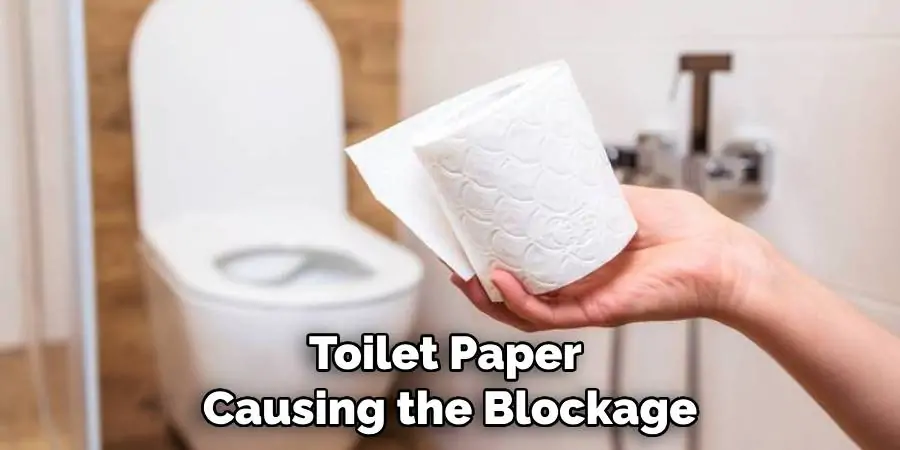
How Long Does Toilet Paper Take to Dissolve?
The dissolution rate of toilet paper can vary vastly, affected by factors such as its composition, thickness, and the water’s temperature it’s submerged in. Most standard toilet paper is designed to break down within a few minutes to a few hours when immersed in the normal flow of toilet water.
However, more luxurious, quilted varieties may take longer to disintegrate due to their greater density and softer weaves. For systems with weak flushes or in septic tanks, choosing a quicker-dissolving paper may prevent potential clogs and maintain system integrity, thus keeping plumbing woes at bay.
Conclusion
In this guide, we’ve explored the topic of how to dissolve toilet paper clog and their dissolution rate. We’ve learned that while toilet paper clogs may dissolve on their own in some cases, it’s essential to assess the situation and intervene if needed. Additionally, we discussed how factors such as the type and quantity of toilet paper can affect its dissolution rate and the importance of choosing quick-dissolving paper for weaker plumbing systems.
By following these tips, you can prevent clogs and keep your plumbing running smoothly. So next time you reach for that plush, luxurious toilet paper, remember to also consider the potential consequences and choose wisely! After all, prevention is always better than cure when it comes to plumbing issues. Happy flushing!
